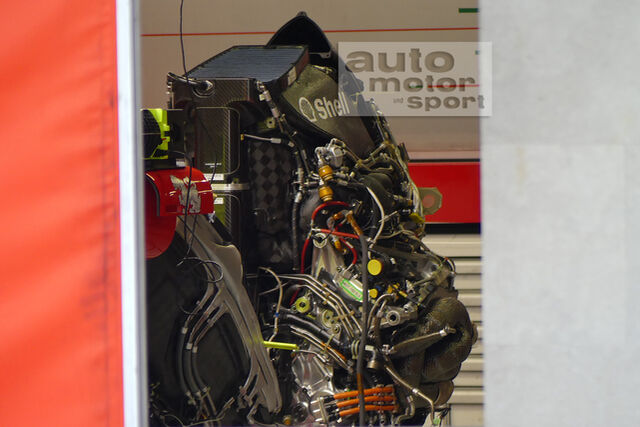wuzak wrote: ↑23 Oct 2018, 03:41
henry wrote: ↑17 Oct 2018, 23:49
dans79 wrote: ↑17 Oct 2018, 23:47
that is illegal per appendix 3
It can be charged prior to both race and qualifying. Hence the term “during”.
In qualifying the ES could be charged before the first lap in Q1. But it cannot be for any subsequent lap - if a driver does 2 runs in each session, that is 5 runs that they cannot pre-charge.
For the big 3 teams, it is more likely 4 or 5 runs, but that still means the more important 3 or 4 runs have to be done without charging in the pits.
The point I am tring to make and support is that because of efficiency losses the physical battery SOC (perhaps max 16 MJ) can be depleted during qualifying and the race to maintain the virtual SOC limits (4MJ max difference) specified in the regulations.
In qualifying the battery losses are low in relation to the max PSOC. So recharging between runs is completely unnecessary.
Of course my point depends on the VSOC being determined by the measuring the sum of differences between energy in an energy out using the single sensor attached to the ES for this purpose. If VSOC is determined in a different way the argument doesn’t hold.
Edit: fixed a typo in last sentence
Fortune favours the prepared; she has no favourites and takes no sides.
Truth is confirmed by inspection and delay; falsehood by haste and uncertainty : Tacitus





